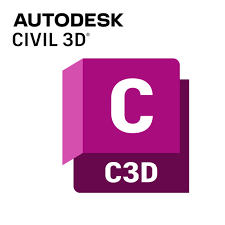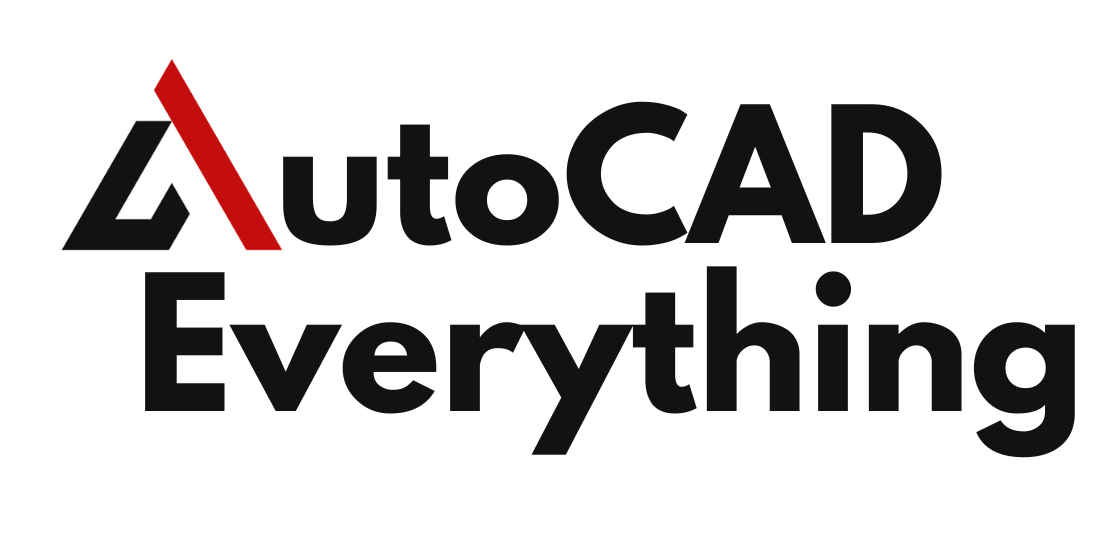Introduction
The adoption of Building Information Modeling (BIM) in infrastructure design has transformed how civil engineers, urban planners, and transportation specialists plan, design, and manage projects. Autodesk Civil 3D and InfraWorks are two leading BIM solutions that enable professionals to create accurate, data-rich models for infrastructure development.
This article provides a detailed comparison of Civil 3D vs InfraWorks, helping professionals determine which software best fits their infrastructure projects
While both tools cater to civil infrastructure projects, they serve different purposes in the project lifecycle. Civil 3D is widely used for detailed engineering, documentation, and analysis, while InfraWorks is ideal for conceptual design, visualization, and early-stage planning.
Table of Contents
Overview of Civil 3D and InfraWorks
What is Autodesk Civil 3D?
Autodesk Civil 3D is a parametric design and drafting software specifically developed for civil engineering projects. It is widely used for:
- Site grading and land development
- Roadway and highway design
- Stormwater, sewer, and drainage analysis
- Railway and transportation infrastructure

What is Autodesk InfraWorks?
Autodesk InfraWorks is a preliminary design and visualization tool for infrastructure planning. It is used for:
- Conceptual design and large-scale modeling
- Integration of GIS, terrain, and real-world data
- 3D visualization and stakeholder presentations
- Preliminary road, bridge, and land-use planning
Comparison: Civil 3D vs InfraWorks for BIM Infrastructure
| Feature | Civil 3D | InfraWorks |
|---|---|---|
| Primary Use | Detailed engineering & documentation | Conceptual design & visualization |
| BIM Integration | ✅ Yes | ✅ Yes |
| Road & Highway Design | ✅ Detailed modeling & analysis | ✅ Conceptual planning |
| Bridge Design | ✅ Detailed bridge modeling | ✅ Preliminary bridge layout |
| Site Grading & Earthworks | ✅ Accurate terrain grading | ✅ Initial terrain analysis |
| Stormwater & Drainage | ✅ Hydrology analysis tools | ❌ Limited |
| Rail Design | ✅ Alignment and profile modeling | ✅ Conceptual rail layout |
| 3D Visualization | ❌ Limited | ✅ High-quality rendering |
| GIS Data Integration | ✅ Partial | ✅ Full integration |
| Collaboration & Cloud | ✅ Autodesk BIM 360 | ✅ Autodesk BIM 360 |
How Civil 3D is Used for Infrastructure Projects
1. Roadway & Highway Design
Civil 3D enables engineers to design curves, alignments, and cross-sections for roads and highways with precision. Its corridor modeling capabilities make it ideal for detailed engineering.
2. Stormwater & Sewer Design
With built-in hydrology and hydraulics tools, Civil 3D supports the design of stormwater drainage systems, sewer networks, and floodplain analysis.
3. Land Development & Site Grading
Civil 3D automates grading, terrain modeling, and cut-and-fill calculations, helping engineers optimize site layouts efficiently.
4. Structural Bridge & Rail Design
For bridges and railways, Civil 3D provides alignment-based modeling, detailed engineering, and documentation tools that ensure compliance with industry standards.
5. Construction Documentation & Analysis
The software generates accurate construction drawings, quantity takeoffs, and project reports, ensuring compliance with local regulations.
How InfraWorks is Used for Infrastructure Projects
1. Early-Stage Planning & Conceptualization
InfraWorks allows designers to quickly generate 3D models of large-scale infrastructure projects using real-world data, such as satellite imagery, GIS data, and terrain models.
2. Urban Planning & Land Use Analysis
With InfraWorks, city planners can evaluate different design scenarios, zoning regulations, and land use impacts before committing to final plans.
3. Bridge & Road Design Conceptualization
InfraWorks provides intuitive tools for laying out bridges, roads, and highways, making it easier to explore design alternatives and improve public engagement.
4. 3D Visualization & Public Presentations
InfraWorks’ photorealistic rendering and animation capabilities help convey design intent to government agencies, stakeholders, and the public.
5. Environmental & GIS Integration
InfraWorks integrates seamlessly with geospatial data, terrain models, and environmental factors, allowing engineers to assess project feasibility before committing resources.
Choosing Between Civil 3D and InfraWorks: Which One is Right for You?
When to Use Civil 3D
- You need detailed engineering designs for roads, drainage, or site development.
- Your project requires precise documentation, cost estimation, and compliance with standards.
- You need advanced stormwater and hydrology analysis.
When to Use InfraWorks
- You are in the early planning stage and need to evaluate multiple design scenarios.
- You require high-quality 3D visualizations for public or stakeholder presentations.
- You want to integrate GIS and real-world data into preliminary designs.
Can You Use Both Together?
Yes! Many engineering firms use InfraWorks for early-stage design and Civil 3D for final engineering and documentation. Autodesk provides seamless integration between the two platforms, enabling a smooth workflow.
Advantages of Integrating Civil 3D & InfraWorks
| Integration Benefit | Impact |
|---|---|
| Seamless Data Exchange | Easily transfer conceptual models to Civil 3D for detailed design. |
| Enhanced Collaboration | Teams can collaborate in Autodesk BIM 360. |
| Improved Decision-Making | Compare multiple design options before committing to construction. |
| Faster Project Completion | Early-stage visualization reduces delays in final engineering. |
| Cost Savings | Optimized workflows reduce rework and material waste. |
Frequently Asked Questions (FAQs)
Is Civil 3D better than InfraWorks?
Neither software is better; they serve different purposes. Civil 3D is best for detailed design, while InfraWorks excels at conceptual planning and visualization.
Can I use InfraWorks for final construction documentation?
No, InfraWorks is designed for early-stage conceptualization, not for producing detailed construction documents.
Does Civil 3D support GIS integration?
Civil 3D offers limited GIS integration, while InfraWorks provides full geospatial data support.
Can InfraWorks export models to Civil 3D?
Yes, InfraWorks allows users to export road alignments, surfaces, and preliminary designs to Civil 3D for further refinement.
Which software is better for urban planning?
InfraWorks is more suited for urban and regional planning due to its 3D visualization and GIS capabilities.
Conclusion
When comparing Civil 3D vs. InfraWorks, it’s clear that both tools complement each other rather than compete. InfraWorks excels in early-stage conceptual design and visualization, while Civil 3D is essential for detailed engineering and documentation.
By leveraging both Civil 3D and InfraWorks, infrastructure professionals can create more efficient, sustainable, and data-driven projects, ensuring success from concept to construction.

